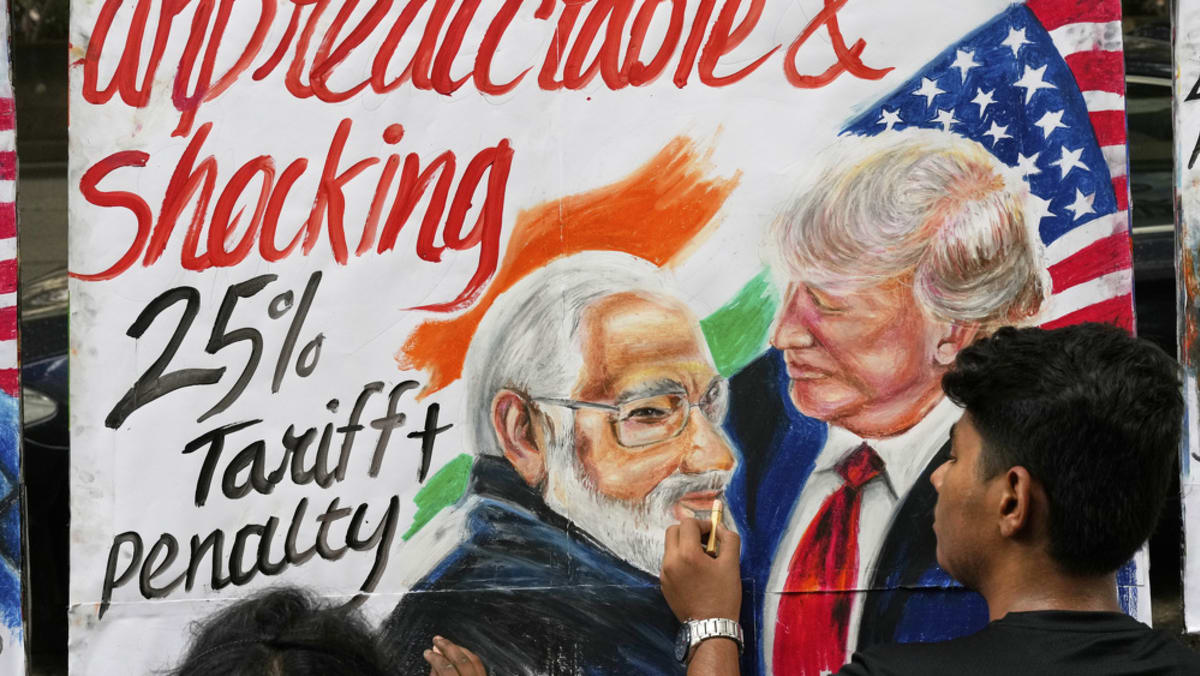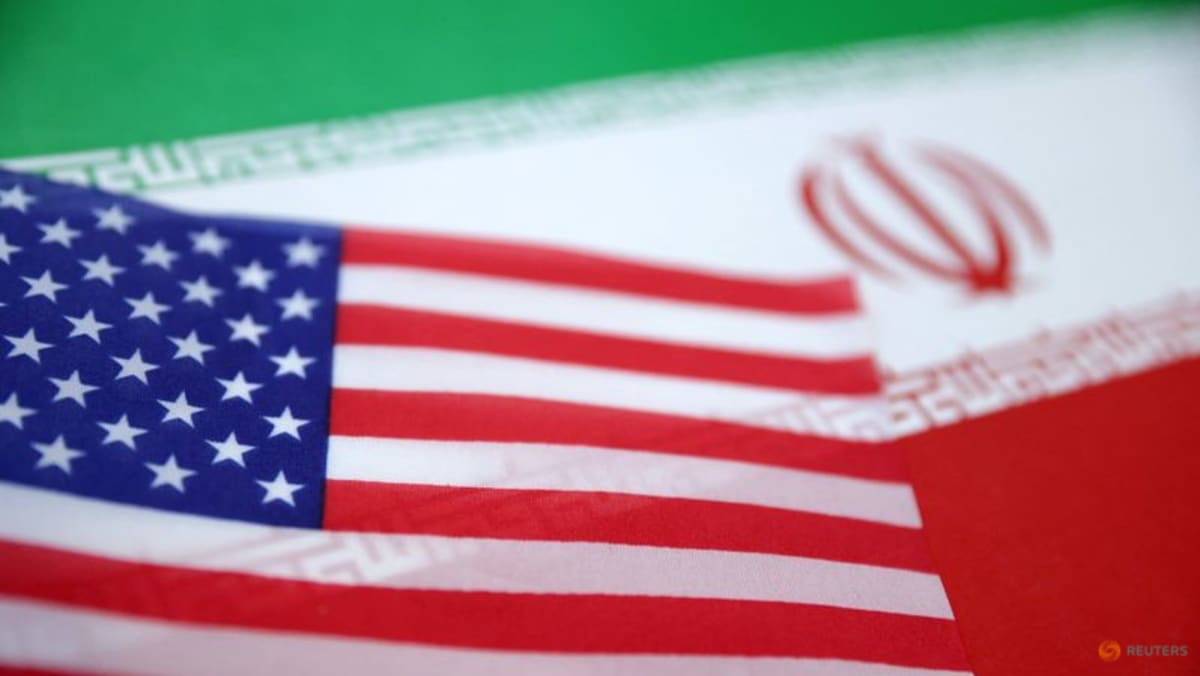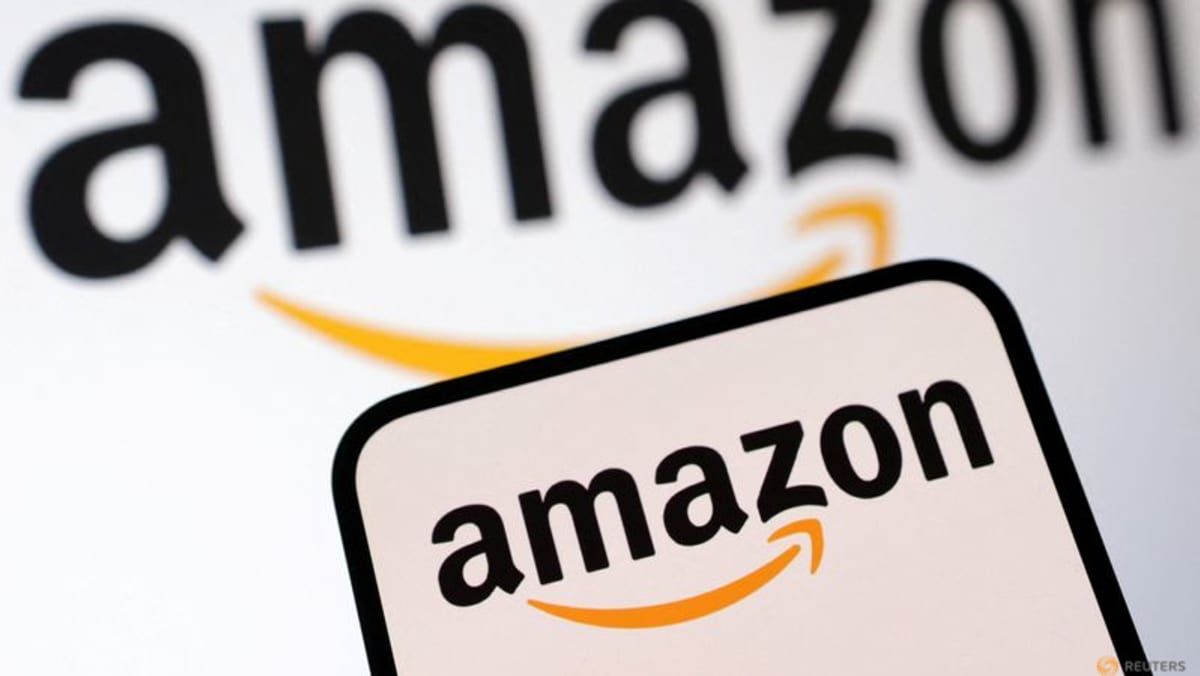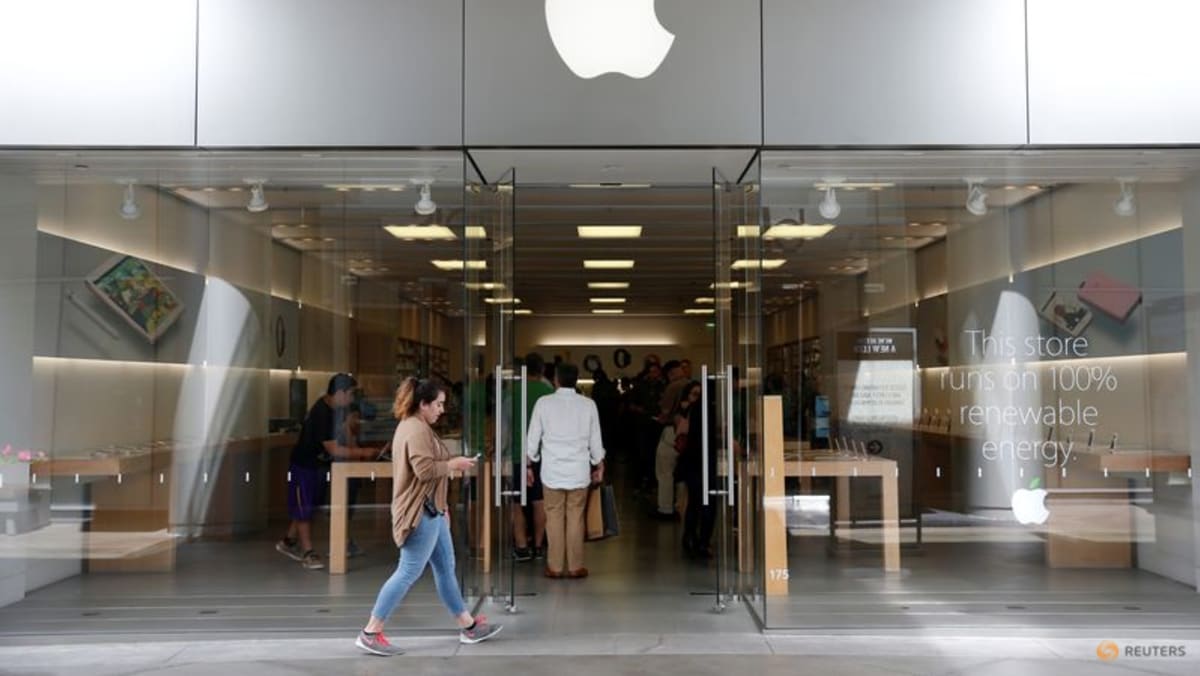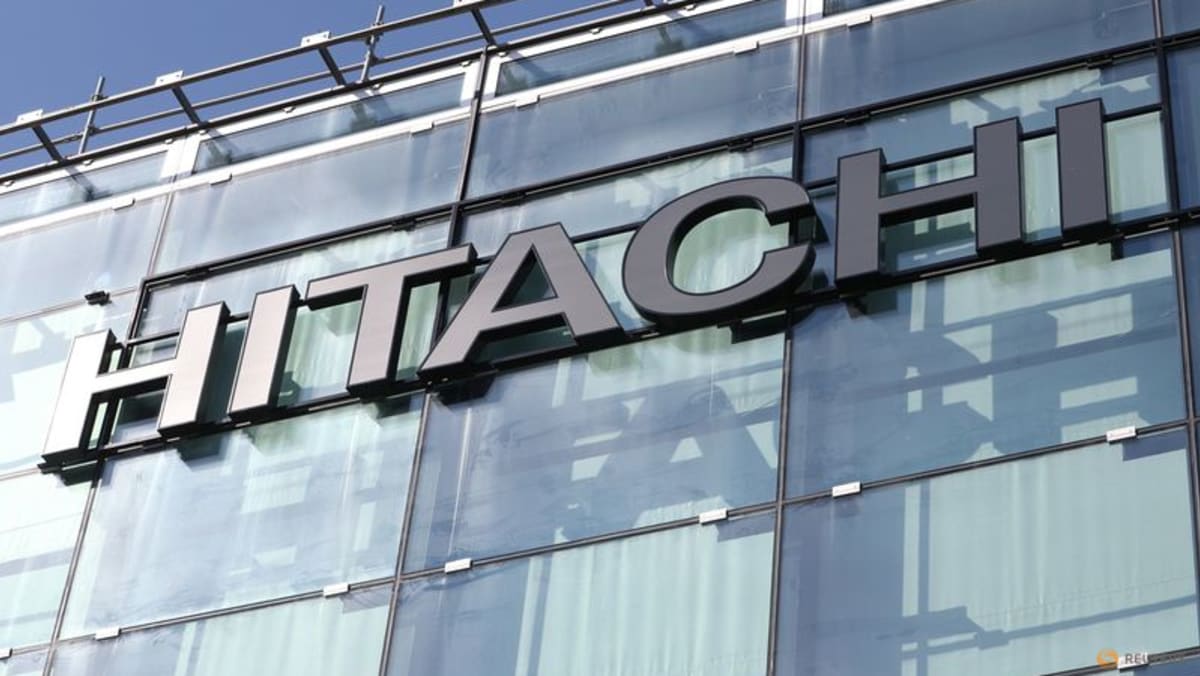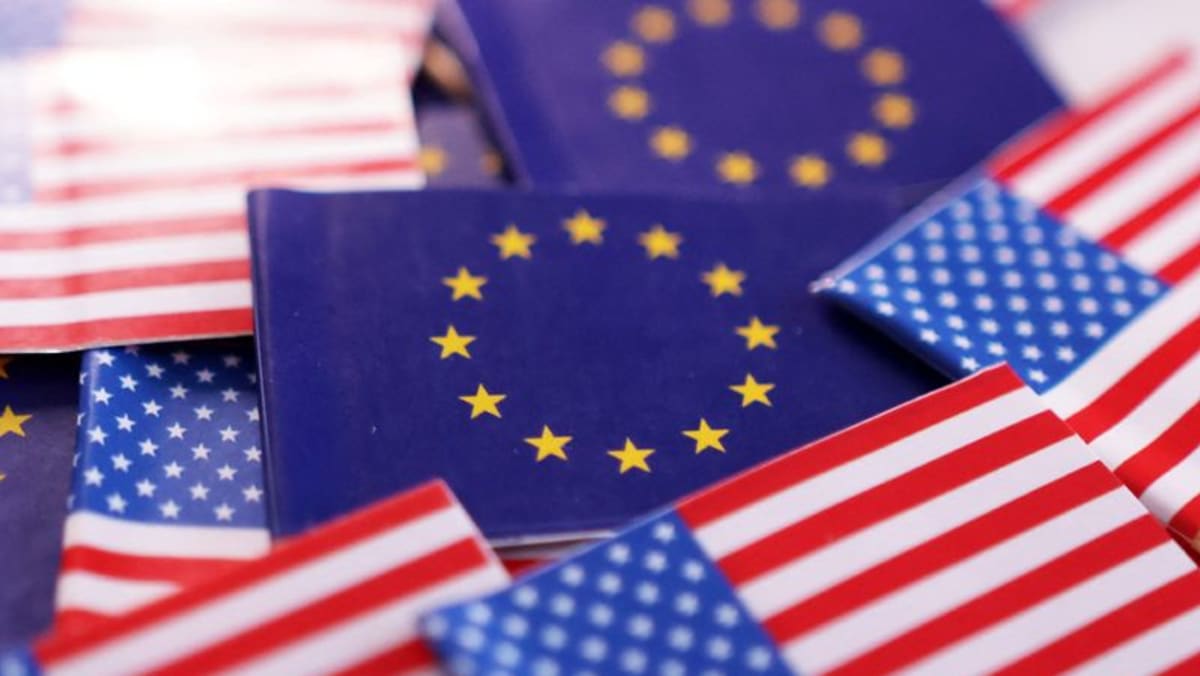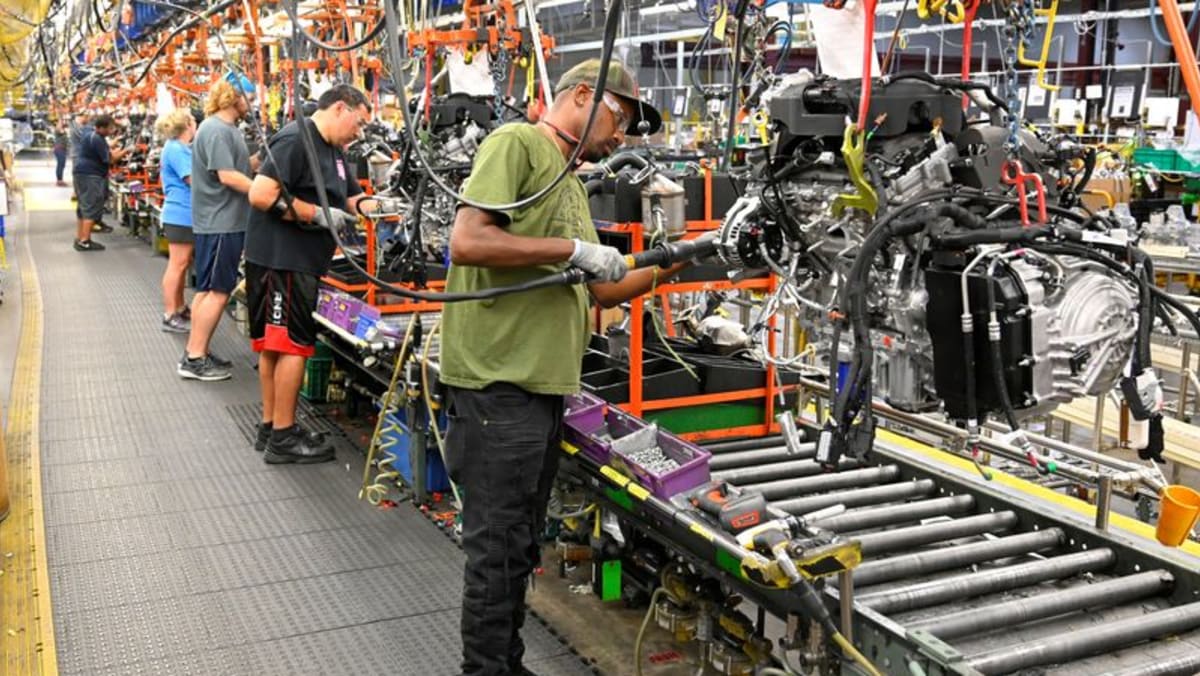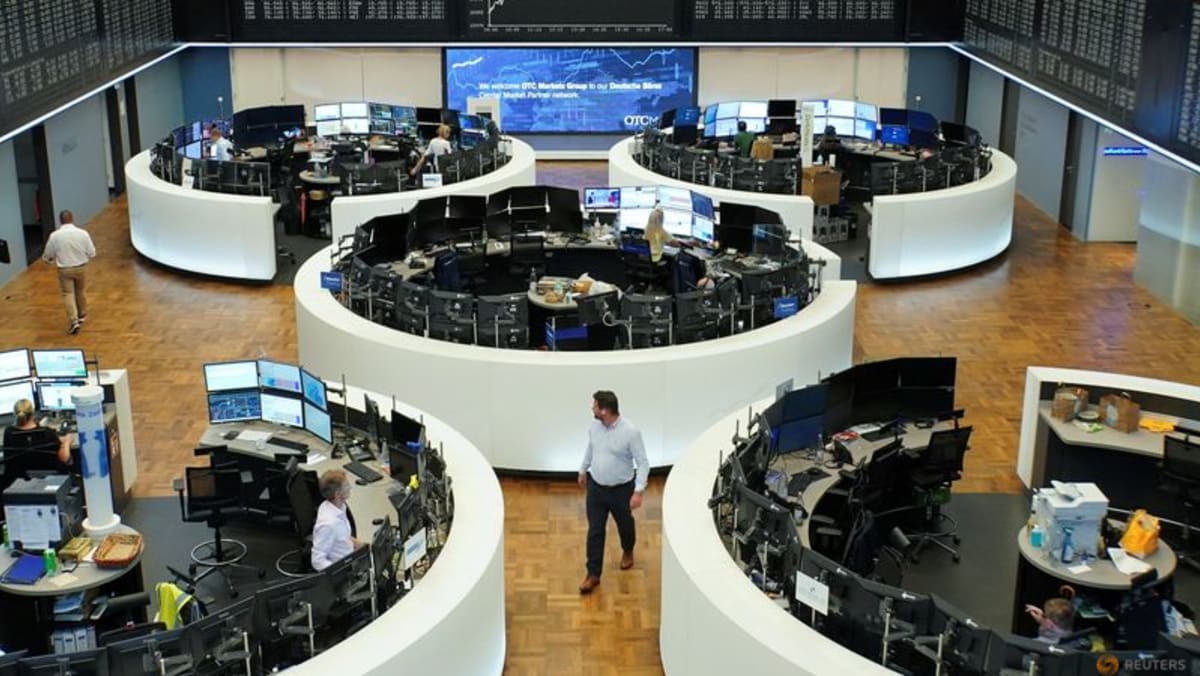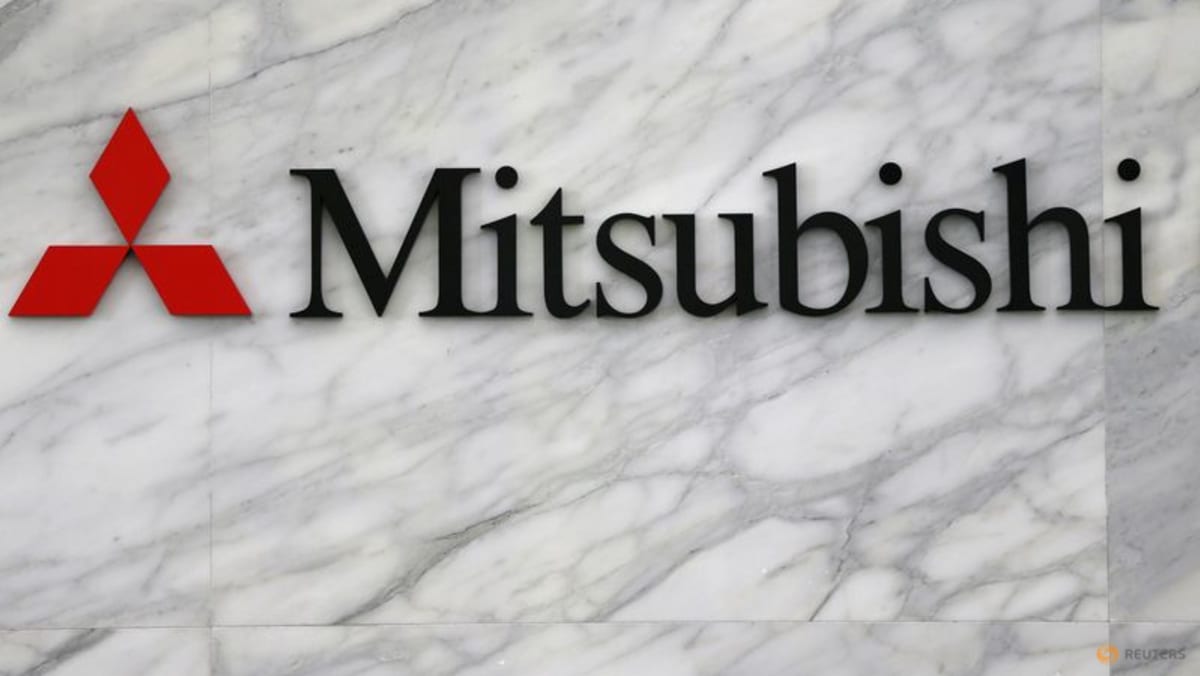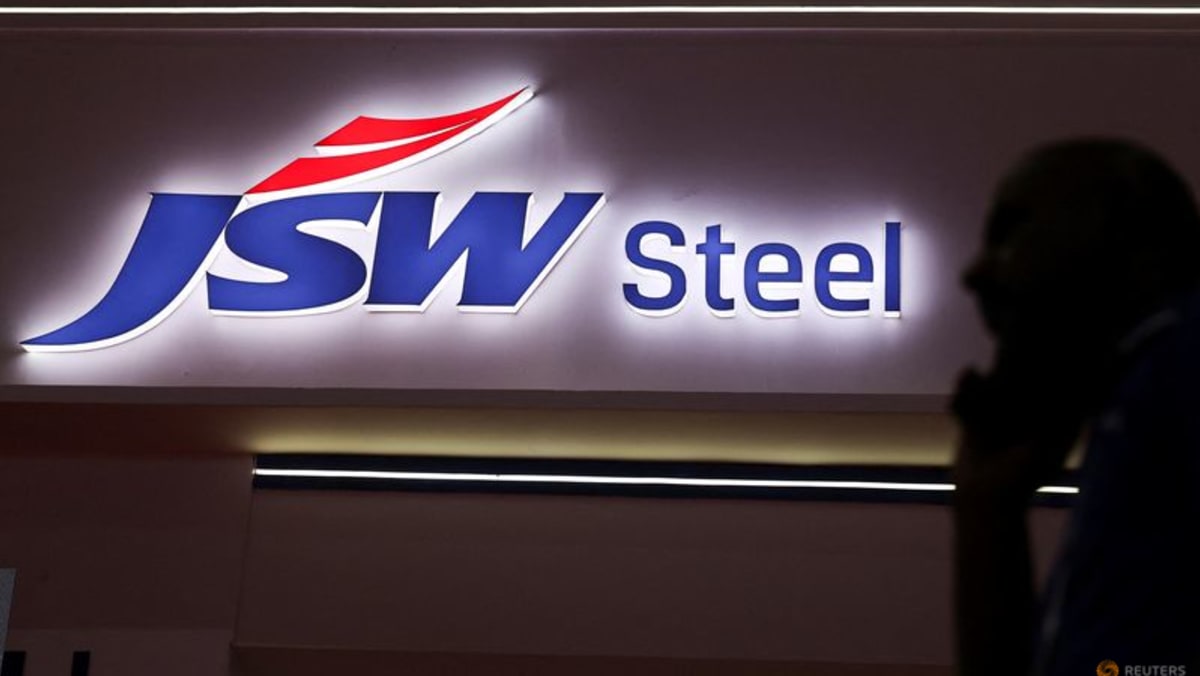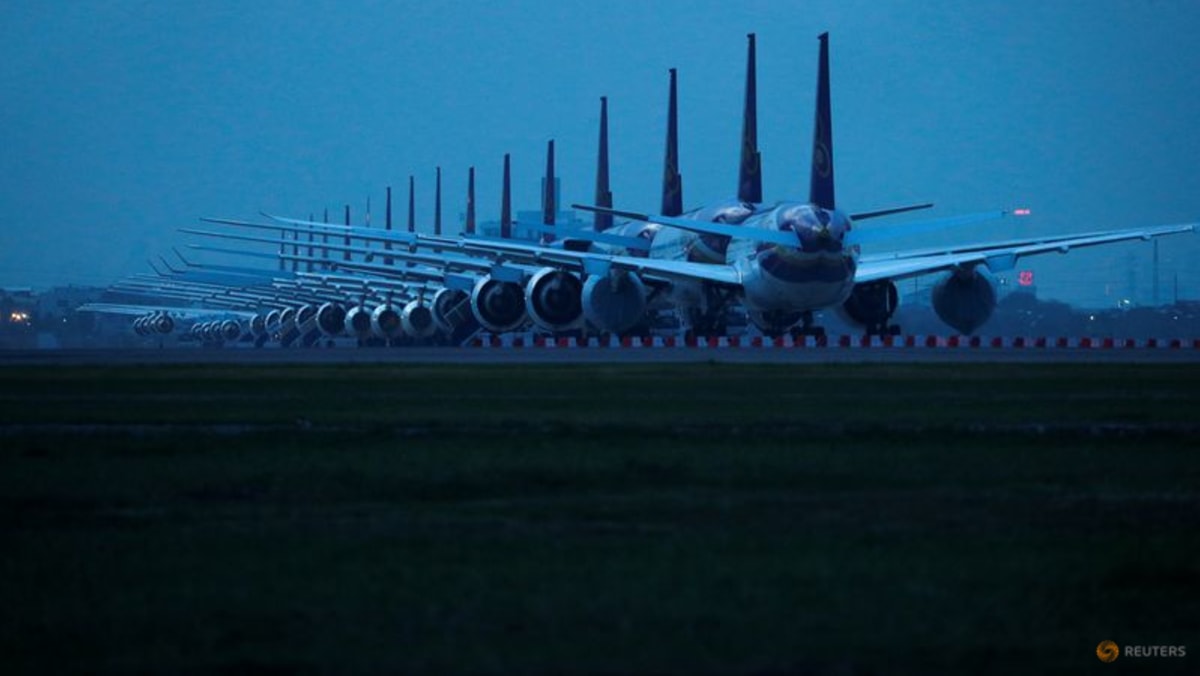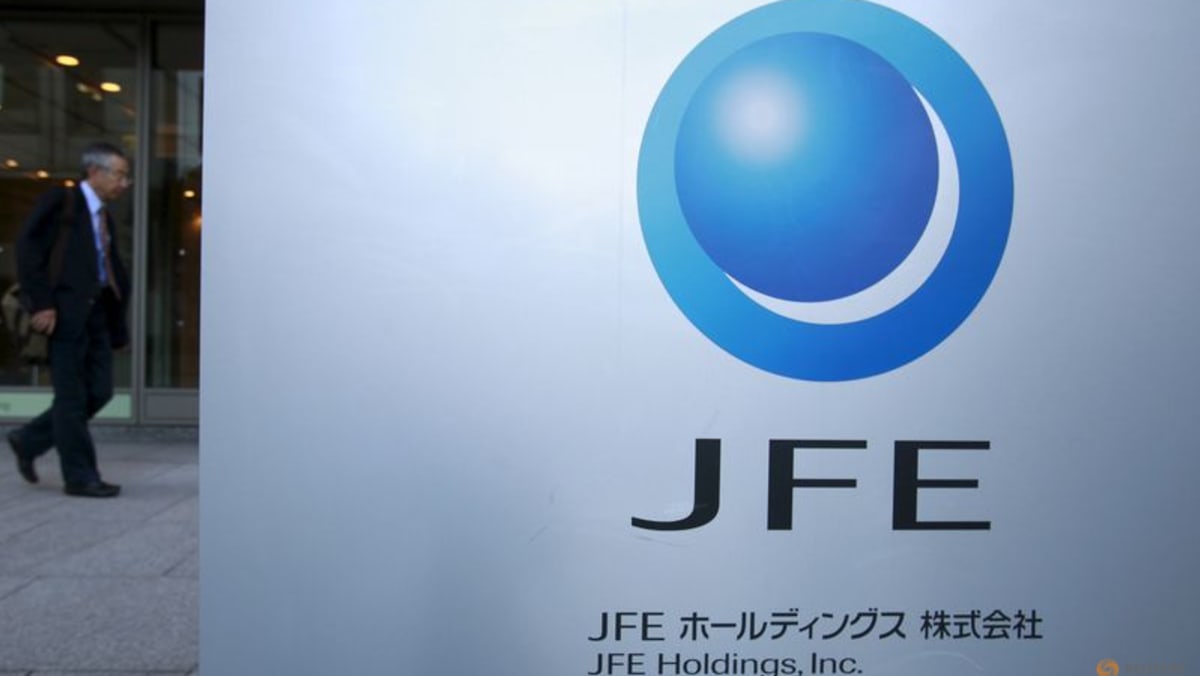(Fixes typo in paragraph 10 and 11)
By Jody Godoy, Karen Freifeld and David Shepardson
NEW YORK/WASHINGTON : President Donald Trump’s bid to bring manufacturing of Apple’s iPhone to the United States faces many legal and economic challenges, experts said on Friday, the least of which are the insertion of “little screws” that would need to be automated.
Trump threatened on Friday to impose a 25 per cent tariff on Apple for any iPhones sold, but not made, in the United States, as part of his administration’s goal of re-shoring jobs.
He told reporters later on Friday that the 25 per cent tariff would also apply to Samsung and other smartphone makers. He expects the tariffs to go into effect at the end of June.
“Otherwise it wouldn’t be fair” if it did not apply to all imported smartphones, Trump said. “I had a understanding with (Apple CEO) Tim (Cook) that he wouldn’t be doing this. He said he’s going to India to build plants. I said that’s OK to go to India but you’re not going to sell into here without tariffs.”
Commerce Secretary Howard Lutnick told CBS last month that the work of “millions and millions of human beings screwing in little, little screws to make iPhones” would come to the United States and be automated, creating jobs for skilled trade workers such as mechanics and electricians.
But he later told CNBC that Cook told him that doing so requires technology not yet available.
“He said, I need to have the robotic arms, right, do it at a scale and a precision that I could bring it here. And the day I see that available, it’s coming here,” Lutnick said.
The fastest way for the Trump administration to pressure Apple through tariffs would be to use the same legal mechanism behind punishing tariffs on a broad swath of imports, trade lawyers and professors said.
The law, known as the International Emergency Economic Powers Act, allows the president to take economic action after declaring an emergency that constitutes an unusual and extraordinary threat to the United States.
“There’s no clear legal authority that permits company-specific tariffs, but the Trump administration may try to shoehorn it under its emergency power authorities,” said Sally Stewart Laing, a partner at Akin Gump in Washington.
Other means of levying company-specific tariffs rely on lengthy investigations, Laing said.
But tariffs on only Apple “would provide a competitive advantage for other important phones, which undermines Trump’s goals of bringing manufacturing to the United States,” Liang said.
Experts said Trump has viewed IEEPA as a flexible and powerful economic tool because it is not clear that courts have the power to review the president’s response to a declared emergency.
“In the administration’s view, as long as he enacts the ritual of declaring an emergency and pronouncing it unusual or extraordinary, there is nothing a court can do,” said Tim Meyer, an international law professor at Duke University.
In a case brought by 12 states challenging Trump’s “Liberation Day” tariffs in the Manhattan-based Court of International Trade, the court is considering that issue, and whether IEEPA authorizes tariffs at all.
If the Trump administration wins that case, “the president is not going to have any trouble coming up with an emergency as a justification to impose tariffs on Apple iPhone imports,” Meyer said.
Trump could even simply include iPhones under the trade deficit emergency that already formed the basis for tariffs declared earlier, Meyer said.
But moving production to the United States could take up to a decade and could result in iPhones costing $3,500 each, Dan Ives, an analyst at Wedbush, said in a research note. Apple’s top-of-the-line iPhone currently retails for around $1,200.
“We believe the concept of Apple producing iPhones in the U.S. is a fairy tale that is not feasible,” Ives said.
Even without getting that far, a tariff on iPhones would increase consumer costs by complicating Apple’s supply chain and financing, said Brett House, an economics professor at Columbia.
“None of this is positive for American consumers,” he said.
(This story has been refiled to fix typos in paragraphs 10 and 11)
